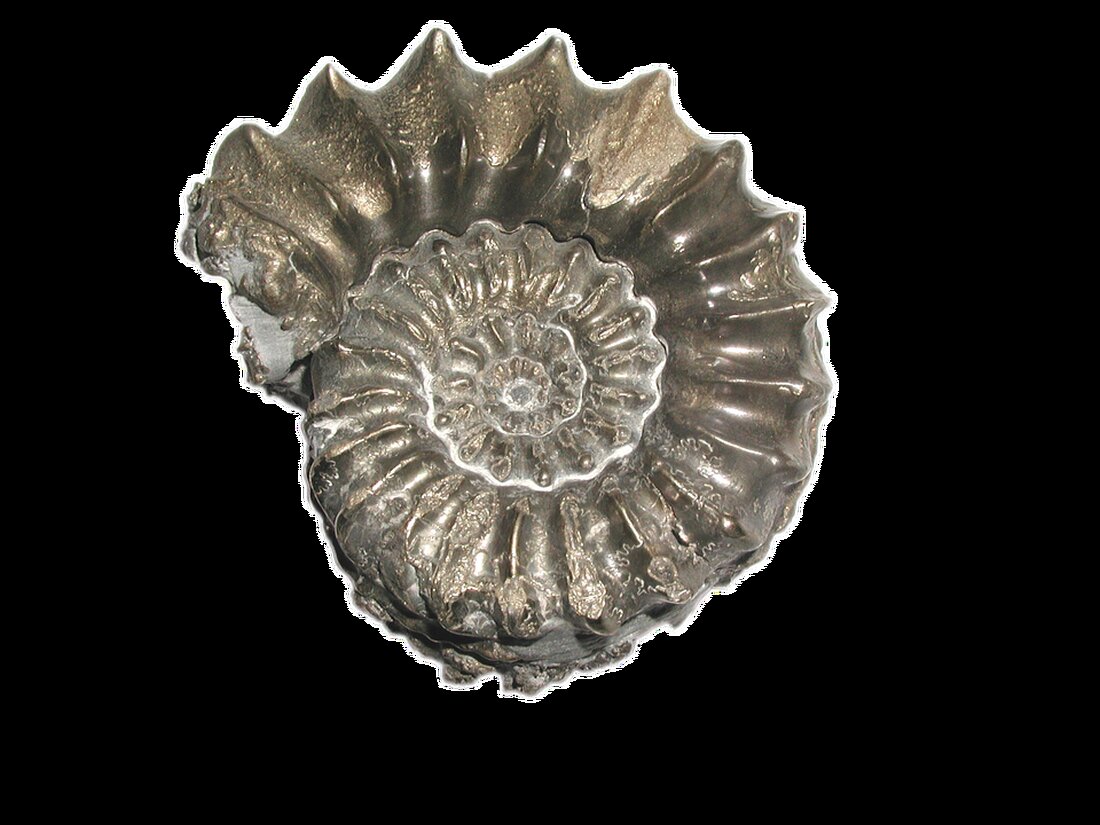Geiseltalsee: Fossils from 45 million years attract explorers!
Discover the Geiseltal in Saxony-Anhalt: a fascinating travel destination full of prehistoric fossils and viticulture!

Geiseltalsee: Fossils from 45 million years attract explorers!
The Geiseltalsee in Saxony-Anhalt is a veritable treasure trove of fossils that dates back 45 million years. With over 50,000 documents of prehistoric finds, the area is one of the most important fossil deposits in the world. Loud journee-mondiale.com In the nearby town of Mücheln there are 9,300 residents who actively cultivate wine, while scientists dig for the remnants of the past.
The region received particular attention in 1933 with the discovery of the Geiseltalpferd (Propalaeotherium), which lived in a tropical swamp landscape. The finds include not only fruits and plants, but also excellently preserved insects and crocodile remains. In January 2025, a perfectly preserved skull of the flightless giant bird Diatryma, which populated the landscape 45 million years ago, was found.
Geological significance and fossil finds
The geological nature of the Geiseltal was intensively studied in the early 20th century. The subsoil consists of Rotlegend and Zechstein deposits from the Permian and is overlaid by Buntsandstein sediments. This complex geological structure required special technical measures to extract the last coal reserves and protect the valuable fossils.
The Palaeogene deposits in the Geiseltal reach thicknesses of up to 200 meters, primarily from the Eocene. In recent decades, interdisciplinary research has uncovered significant fossil remains, including soft tissues, indicating excellent preservation conditions. How Wikipedia reported, the finds in the Geiseltal are not only limited to animals, but also include a diverse range of flora and fauna.
Tourism development and future perspectives
The Geiseltalsee, today the second largest artificial lake in Germany, is increasingly becoming a popular destination for those seeking relaxation. Visitors can dive for amber in the nearby Bitterfelder See or visit the Geiseltal Museum. This museum is planning expanded hours and interactive exhibitions starting in fall 2025 to promote tourism.
A 25-kilometer circular route invites hikers and cyclists to discover the beauty of the region. Families have the opportunity to take part in dinosaur workshops, and those interested in geology can book special tours. Particularly noteworthy is the combination of prehistoric knowledge and modern culture of enjoyment through wine tastings in the Goldener Steiger vineyards.
The scientists at the Martin Luther University Halle-Wittenberg continue to work intensively on evaluating new finds. Their insights into Eocene climates and ecosystems promise to be groundbreaking in the years to come. The Geiseltalsee not only stands for pioneering work in fossil research, but also for a future-oriented combination of science and leisure.

 Suche
Suche
 Mein Konto
Mein Konto